A bank account is required whether visiting or living in Japan. While creating a bank account is necessary, the process can be complicated due to the numerous banking alternatives available throughout the country. Go to your local bank and inform the staff that you want to create an account. The staff should be able to guide you through the process of opening your account.
Continue reading to learn more about how to create a bank account in Japan, as well as the banks typically used by non-Japanese residents, whether to sign up for internet banking, and which banks are suggested for a long-term stay.
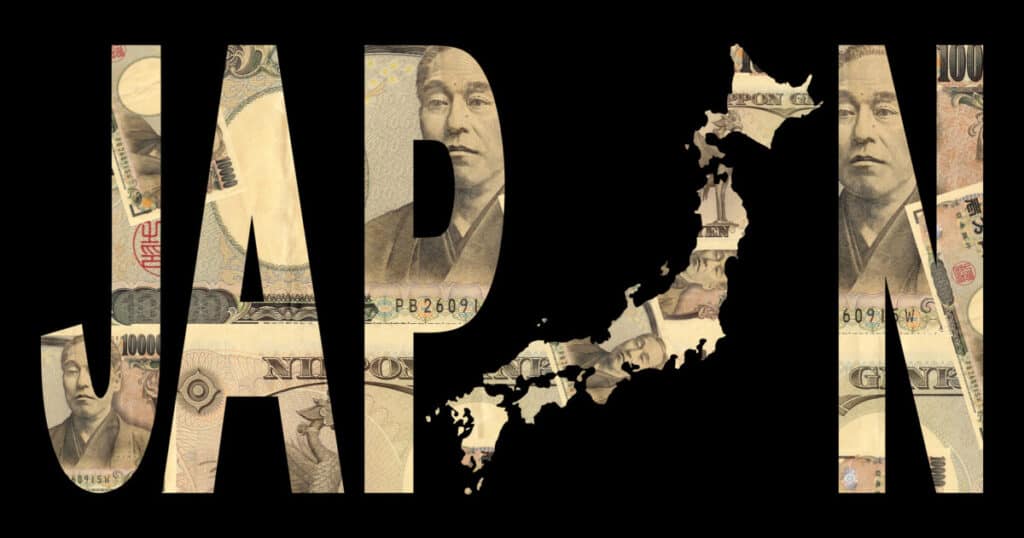
How to Open a Bank Account in Japan
In Japan, go to your local bank and tell the staff that you’d want to create an account. “Kōza o kaisetsu shitai desu,” you should say in Japanese.
After that, fill out the form with your basic details. Give the staff your completed paperwork and wait a few minutes until you’re called again.
You will be sent to the counter where bank employees verify your identification and explain the account information.
You’ve now completed the process of opening a bank account. A week following the application, you will get a bank card at your address.
Keep in mind that some banks may deem applicants unfit to create an account in certain circumstances. If this happens, you should try creating an account with a different bank.
Documents Required to Open a Bank Account in Japan
To open a bank account, foreign residents must have their personal seal, residency card stating their address, and passport ready. If you’re working or enrolled in school, you’ll need to produce papers such as a certificate of employment or a letter of acceptance to establish your job and enrollment.
After you’ve gathered your paperwork, go to the bank of your choice’s nearby branch.
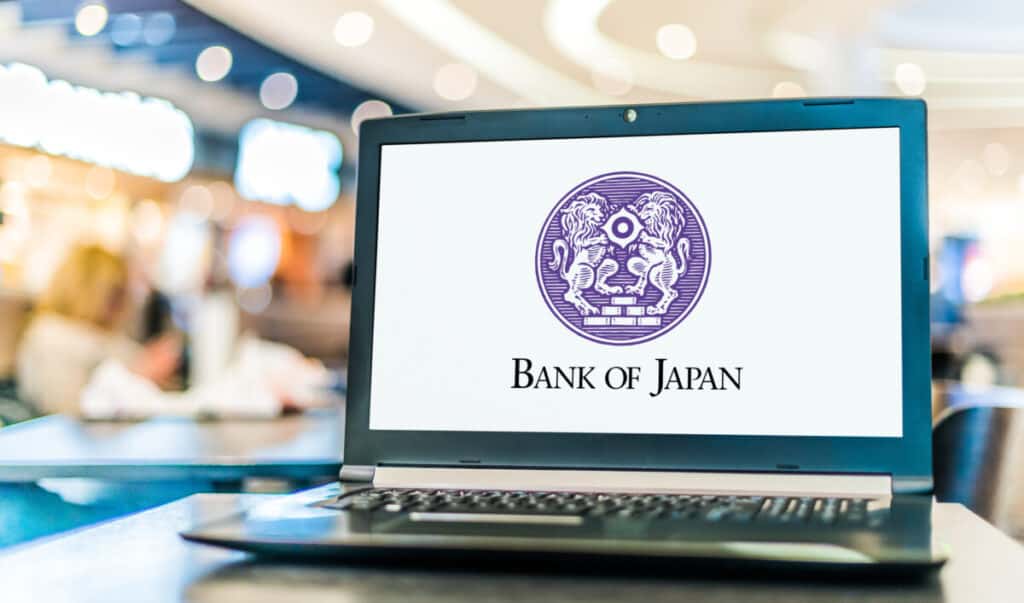
Different Types of Bank Accounts in Japan
You’ll almost certainly require a regular deposit account. A deposit account includes a bank card that can be used at nearly all ATMs in Japan, as well as a passbook that holds your account information and transaction history.
Only your bank’s ATMs can be used to update your passbook. For interested individuals, there are also savings and business accounts.
What is a Japanese Cash card?
Following the creation of your bank account, you will be given a cash card. Unlike the United States, where debit cards allow people to access account funds immediately to make payments, Japan still relies heavily on cash.
While you will use this card to access ATMs, you will not use it to make actual transactions in stores. However, it should not be challenging to locate an ATM wherever you are should the need occur.
Customers can use ATMs at both department stores and convenience stores.
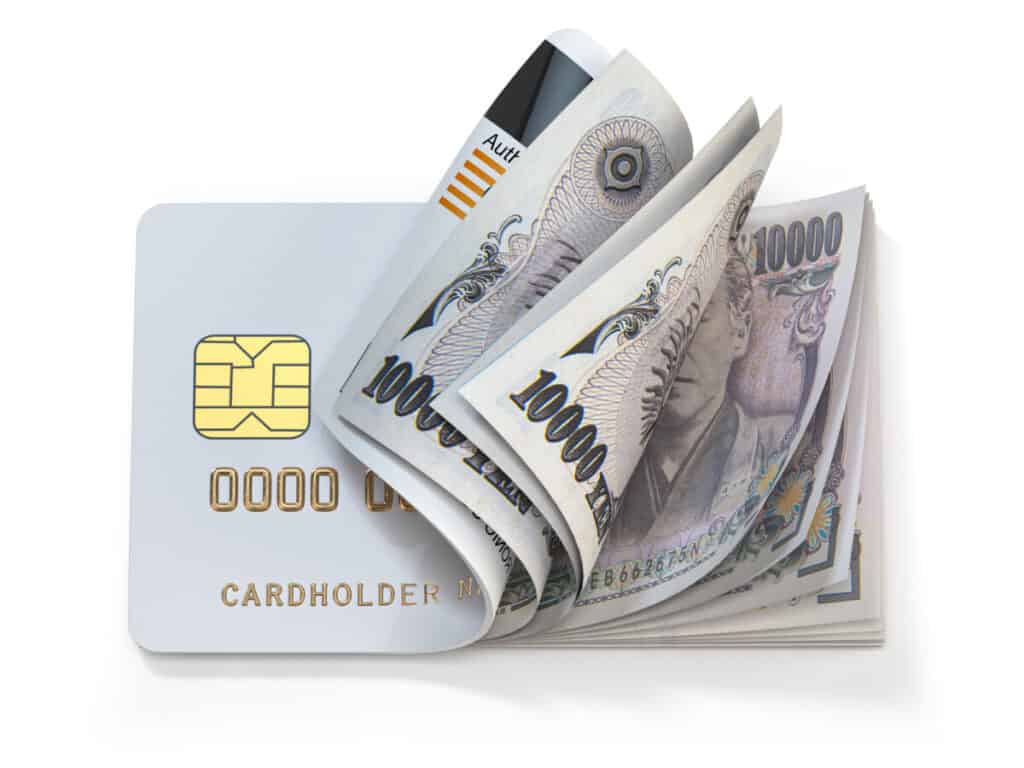
Which Is Better: a Japanese Physical Bank or a Japanese Online Bank?
There isn’t much difference between opening an account with an actual bank and an internet bank. An online bank is an ideal option if you are new to Japan because you can do everything online, including account opening, depositing money, and monitoring your balance.
An online bank provides a more straightforward application process and reduced costs compared to traditional banks.
If you’ll be working in Japan for a long time, though, it’s advisable to use a conventional bank. Online banks may not perform money transfers for utility bills in some instances.
Online Banking in Japan
In Japan, internet banking has not been extensively available for a long time. However, most banks have followed up and now offer the most, if not all, of their financial services online.
One thing to remember is that the online and app experiences may differ significantly. While both Shinsei Bank and Sony Bank provide online banking in English, their smartphone applications are exclusively available in Japanese.
Different Types of Banks Found in Japan
Megabanks of Japan
Megabanks, sometimes known as “city banks,” are large financial conglomerates. MUFJ Bank, Sumitomo Mitsui Bank, Mizuho Bank, and Resona Bank are the four largest banks in Japan.
Megabanks don’t impose fees if you use your deposit card to withdraw money from an ATM during a set period of time. On the other hand, Megabanks have ties to regional banks, the Japan Post Bank, and convenience store banks.
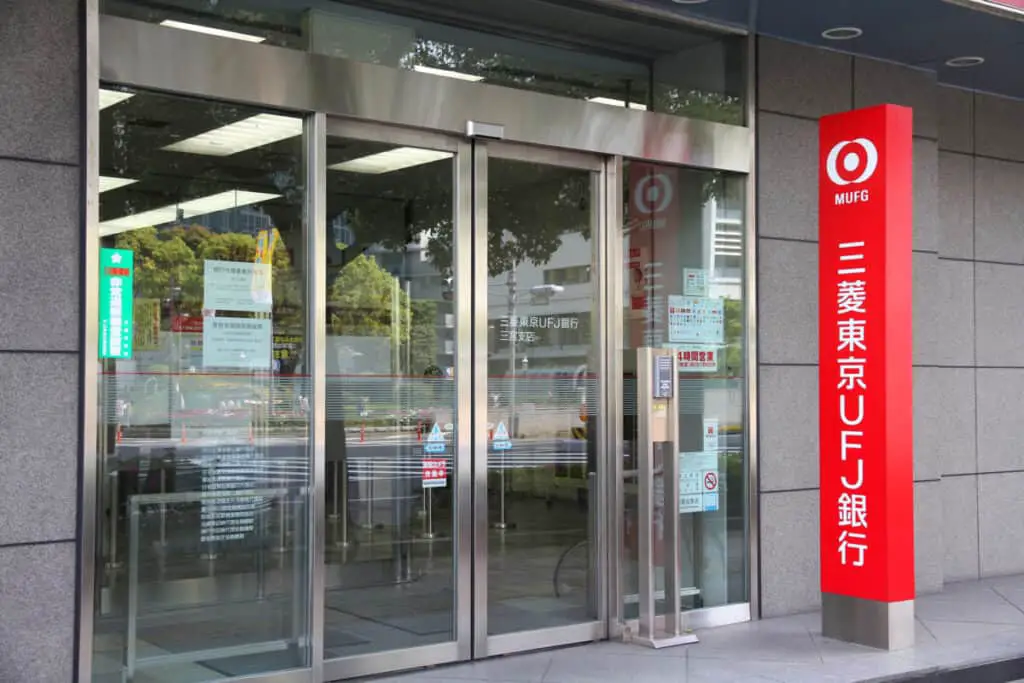
You can withdraw money from a Japan Post Bank ATM with your MUFG Bankcard. However, when using an ATM from a different bank, you will be charged a fee.
Megabanks are often located in large Japanese cities, and you can withdraw money from them even if you don’t reside in that region. However, in remote locations, you may be unable to locate a megabank ATM, forcing you to pay a charge to utilize Japan Post Bank or convenience stores ATMs.
Regional Banks of Japan
Regional banks, as their name indicates, function on a local level. Hokkaido Bank, Kyoto Bank, and Hokuriku Bank are examples of banks named after the region or area in which they are located.
In the main branch’s location, branches and ATMs are plentiful. This, however, makes it challenging to locate these ATMs in other places.
If you live in a city other than Tokyo, opening an account with a regional bank is a good idea.
Which Banks Do Non-Japanese Residents in Japan Frequently Use?
If you haven’t been in Japan for a long time or don’t speak the language fluently, these more international or “foreigner-friendly” banks may be the best option for you.
Japan Post Bank
Japan Post Bank is run by a subsidiary of Japan Post Holdings Co., Japan Post’s parent company. It is well-known for being a simple bank to create an account with non-Japanese residents.
ATMs are located inside post offices and do not charge fees for withdrawals. Money transfers, on the other hand, will incur a handling fee.
Japan Post Bank’s finest advantage is that it has the most ATMs in the country. Although ATMs are accessible everywhere in Japan, they are unavailable when the post office is closed.
Japan Post Bank Official Website
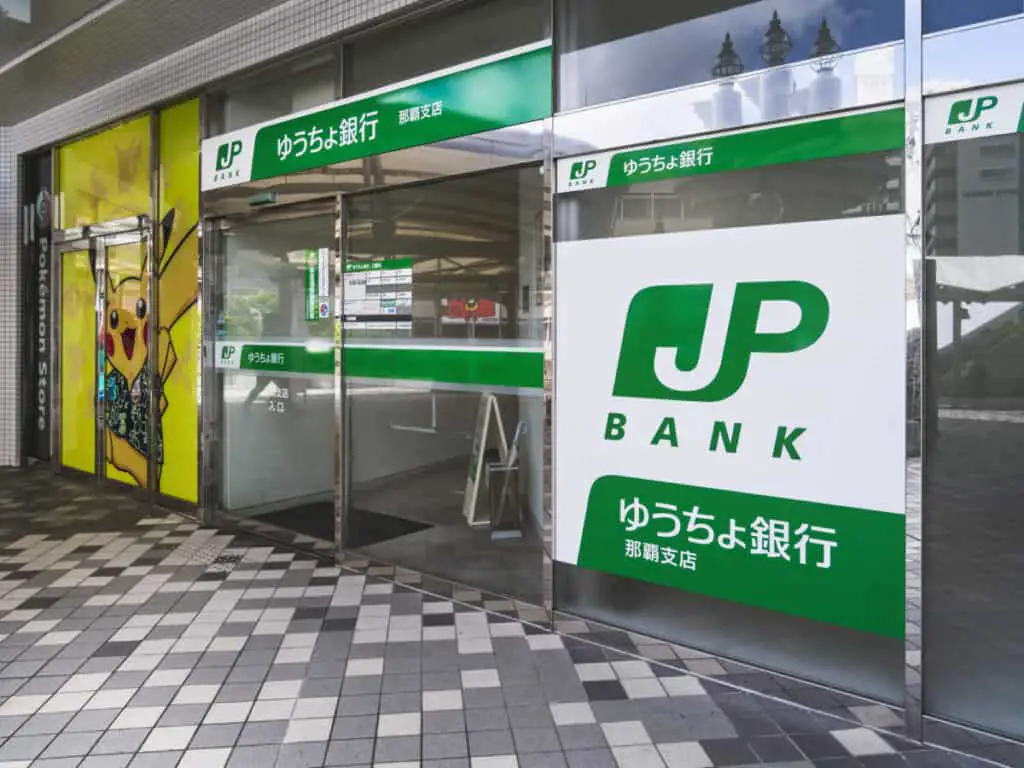
Rakuten Bank
Rakuten Bank is an excellent option for consumers who often purchase on Rakuten Market, an e-commerce platform. You’ll get Rakuten points every month if you link your Rakuten Bank account to your Rakuten Bank Card for payments.
Rakuten Bank is linked to many bank ATMs, allowing customers to withdraw money from any location in Japan. Up to seven times a month, connected bank ATMs can be used for free.
Unfortunately, there is no actual site for this bank. As changing visa information, documents must be sent, which adds time to the procedure when compared to banks with physical branches.
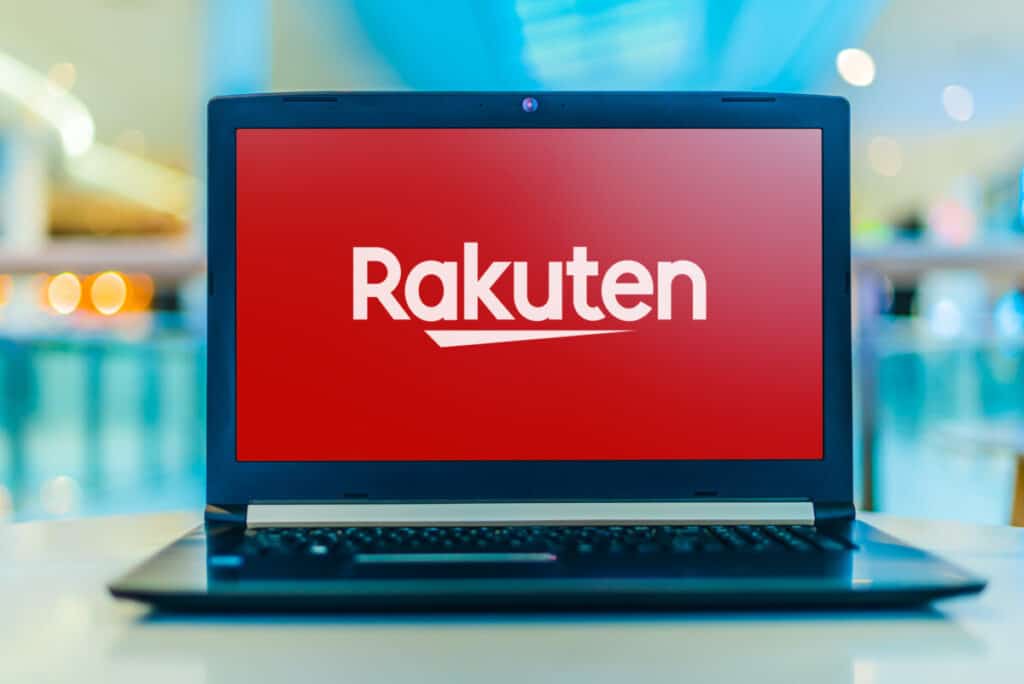
MUFG
MUFG is considered the largest bank in Japan and a global financial organization. English-speaking staff may be available for your assistance, but don’t forget that Hanko.
Many overseas residents continue to use it despite this since many essential services, like withdrawals and in-bank transfers, are free.
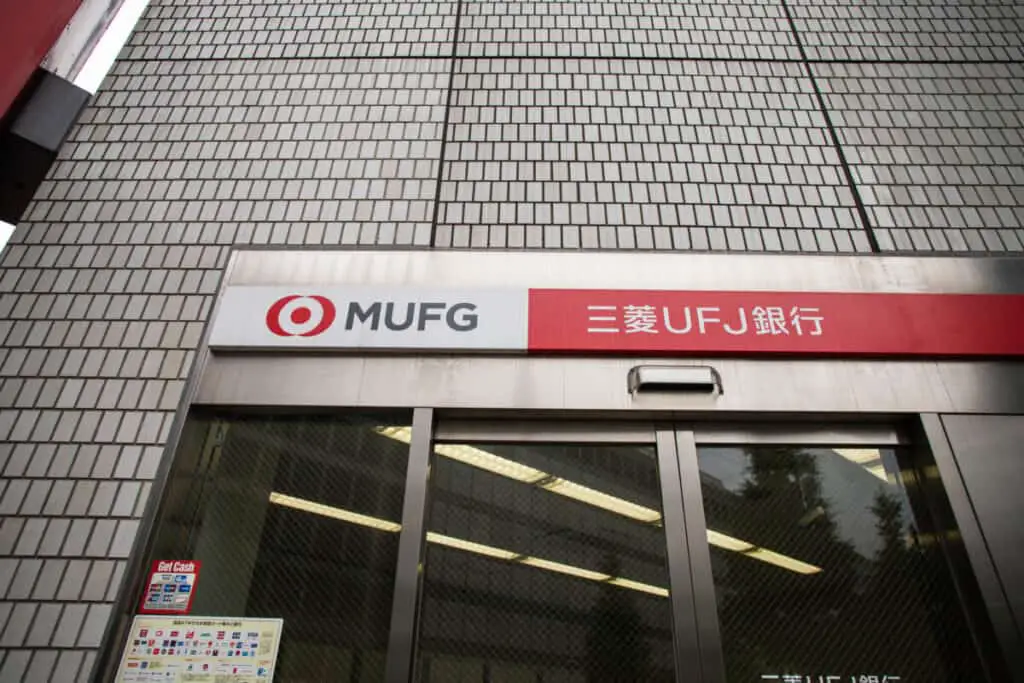
Shinsei Bank
Shinsei Bank is recognized as a very simple institution to open an account for non-Japanese nationals. It provides physical facilities in addition to online wire transfers and balance inquiries. Seven Bank, Lawson Bank, AEON Bank, and JP Bank are linked with ATMs. This allows money to be withdrawn from any location in the country.
Sumitomo Mitsui Banking Corporation
The official English name of SMBC bank is Sumitomo Mitsui Banking Corporation, which should not be confused with SMBC Prestia Trust Bank, which is a subsidiary of this more conventional banking firm.
Although their trust bank caters more to foreigners and focuses more on individual customers, SMBC still has a lot to offer.
They have an English-language smartphone app, and if you have any issues that you can’t fix online, you can usually find a branch within a 15-minute walk of your home.
Sumitomo Mitsui Bank Official Website
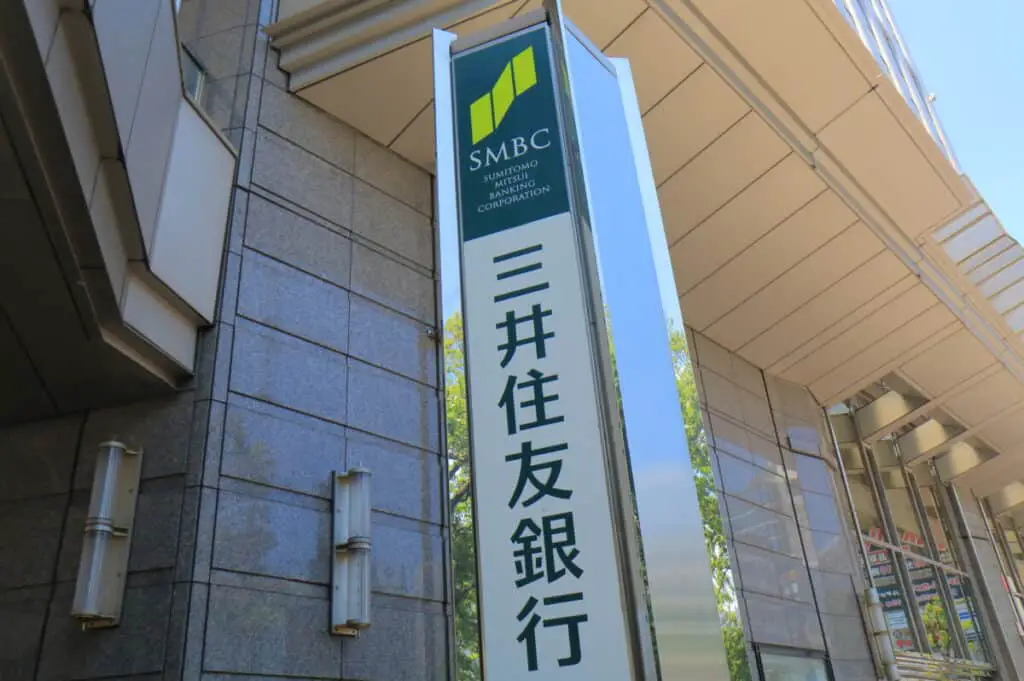
Who is Qualified to Create a Bank Account in Japan?
The Foreign Exchange and Foreign Trade Act specifies that you may need to be a Japanese resident to open a bank account.
This typically indicates that you’ve been in Japan for at least six months or that you’re employed there and have a valid visa and permission.
Ministry Of Japan Applying For A Visa
You may be allowed to create an account with some banks if you have not been a resident for six months, but it may not offer a complete range of services because it is frequently the same account given to non-resident clients. You should be able to show proof of your address in Japan, which is usually a utility bill or other document in your name.










